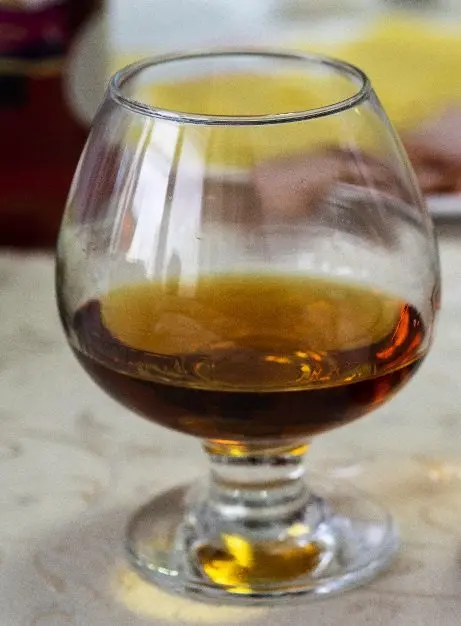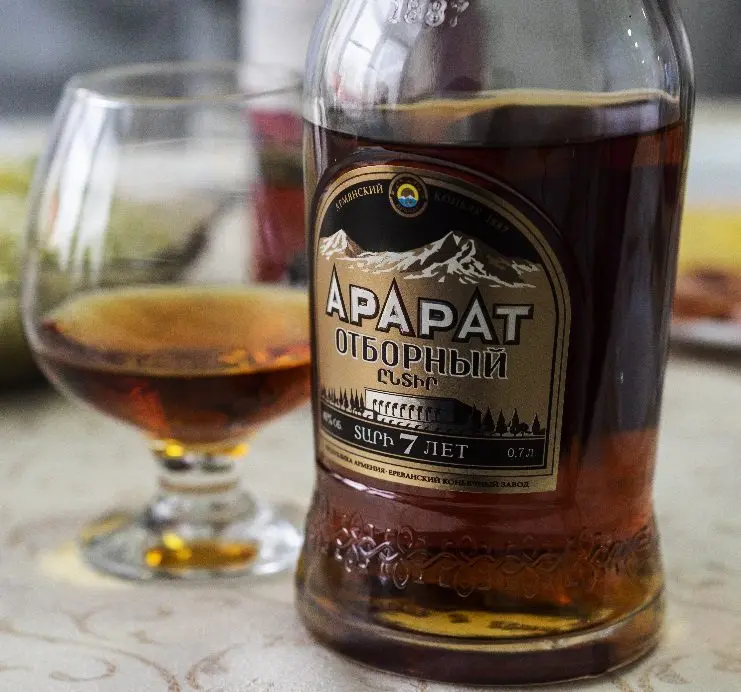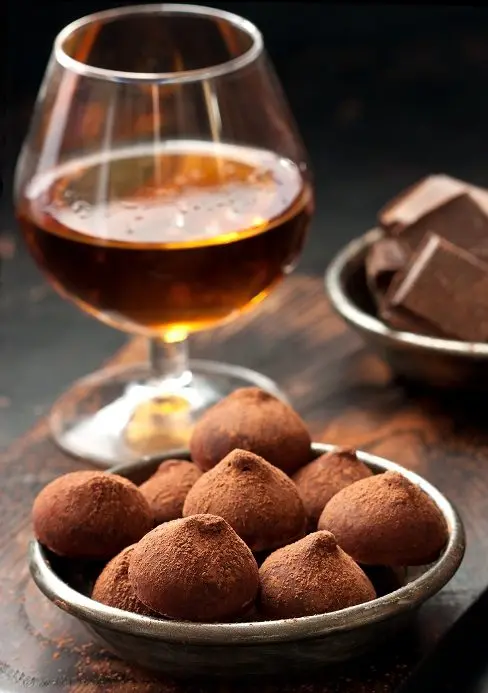Contents
The very term “Armenian cognac” sounds like an oxymoron (comparison of the incomparable), like “Soviet Champagne” or, say, “French London”. That is why, in order to avoid geographical ambiguity and legal problems, in 2010 the government of the country introduced the name “Arbun”, which literally translates into Russian as “get drunk”. However, the term has not yet taken root in the post-Soviet space, so we will call Armenian brandy cognac in the old fashioned way.
Historical reference. Archaeological finds show that the traditions of Armenian winemaking originated more than 3000 years ago, but the first brandy factory appeared in the country only in 1887. The production belonged to the merchant Neres Tairyan, who was well acquainted with French distillation technologies. After 12 years, the company was bought by the Russian company Shustov and Sons. Mr. Shustov spared neither effort nor investment, and by the beginning of the First World War there were already 15 cognac factories in Armenia.
Local grapes from the Ararat Valley were used as raw materials, but the manager of the enterprise was educated in France, equipment and even barrels for aging were brought from there. Even the nationalization of the plant after the October Revolution did not prevent the success of the local brandy.
It was thanks to Shustov that Armenian brandy got the right to be called cognac. In 1900, a young entrepreneur sent a drink to the Paris exhibition, and in blind testing, this particular sample turned out to be the best. The French were incredibly surprised that the first place was taken not by genuine cognac, but by its Armenian counterpart, but they allowed the manufacturer to use the original name “cognac” on the label.

Cognacs of Armenia were popular during the Soviet era – the citizens of the Union had neither the means nor the opportunity to buy the French original. After the 1990s, when the borders opened and real cognacs appeared on the shelves, the Armenian brandy did not lose its positions, and this fact proves its high quality.
Production technology
A single standard for the drink was approved only in 1999, and one of the main requirements is that brandy must be made from local grape varieties. In addition, the strength of Armenian brandy cannot be lower than 40 degrees, and only slightly unripe berries with a sugar content of no more than 20% are suitable for production.
Wine is fermented from the harvested grapes, the resulting raw materials are distilled in a distillation cube of the Charente type (alambique), continuous columns are not used. Grape alcohol is aged in oak barrels for at least three years, and for the first six months the future cognac matures in a new barrel in order to better absorb the aroma of oak, and only then it is poured into the old one. Manufacturers do not maintain a special temperature regime in the room, but the natural climate of Armenia (hot summers and cold winters) contributes to a strong temperature difference throughout the year and provides cognac with a characteristic mild taste.
After aging, the spirits are mixed (each manufacturer has its own secret proportions), diluted with spring water up to 40% and slightly tinted with burnt molasses so that the drink acquires a noble chestnut-amber color.

Then the blend is again aged in an oak barrel. This time from 3 months to a year and a half to “smooth the seams” between different alcohols and get a balanced drink. Finally, at the last stage, the brandy is double filtered and bottled.
The difference between French and Armenian cognacs
| France | Armenia | |
| Grapes | Fol Blanche, Uni Blanc, Colombar | Mshali, Rkatsiteli, Voskeat, Kangun, Garan Dmak, Chilar |
| Color | Light, golden, amber | Dark bronze, chestnut |
| Taste | Thin, gradually opening, rich in tones and aftertaste | Bright, rich, fragrant |
Types of Armenian cognacs
Depending on the aging period, Armenian brandies are:
- Ordinary (aging 3-5 years, the exact age is determined by the number of stars on the label).
- Vintage (aging from 6 years).
- Collection (vintage, but additionally aged for at least 3 years).
Popular brands
Famous names of Armenian cognacs:
- Ararat (one of the auction types even contains 100-year-old spirits).
- Nairi is a blend of two dozen cognac spirits, the youngest of which is at least 10 years old.
- Chosen is one of the softest and most balanced cognacs in Armenia.
- Aik is an inexpensive, but fragrant young cognac, well suited for cocktails.
- Brandy of the Yerevan Brandy Factory (for example, “Dvin” or “Festive”). Many brands have an increased strength of 45-50%.

Other recognizable brands: Akhtamar, Vaspurakan, Armenia, Noy Classic, etc.
How to drink
Armenian cognac is served in special “pot-bellied” snifter glasses with almost any dish, but chocolate, lemon, grapes, and cheese are considered classic snacks.

Cognac is not customary to dilute, but you can drink coffee or water.









